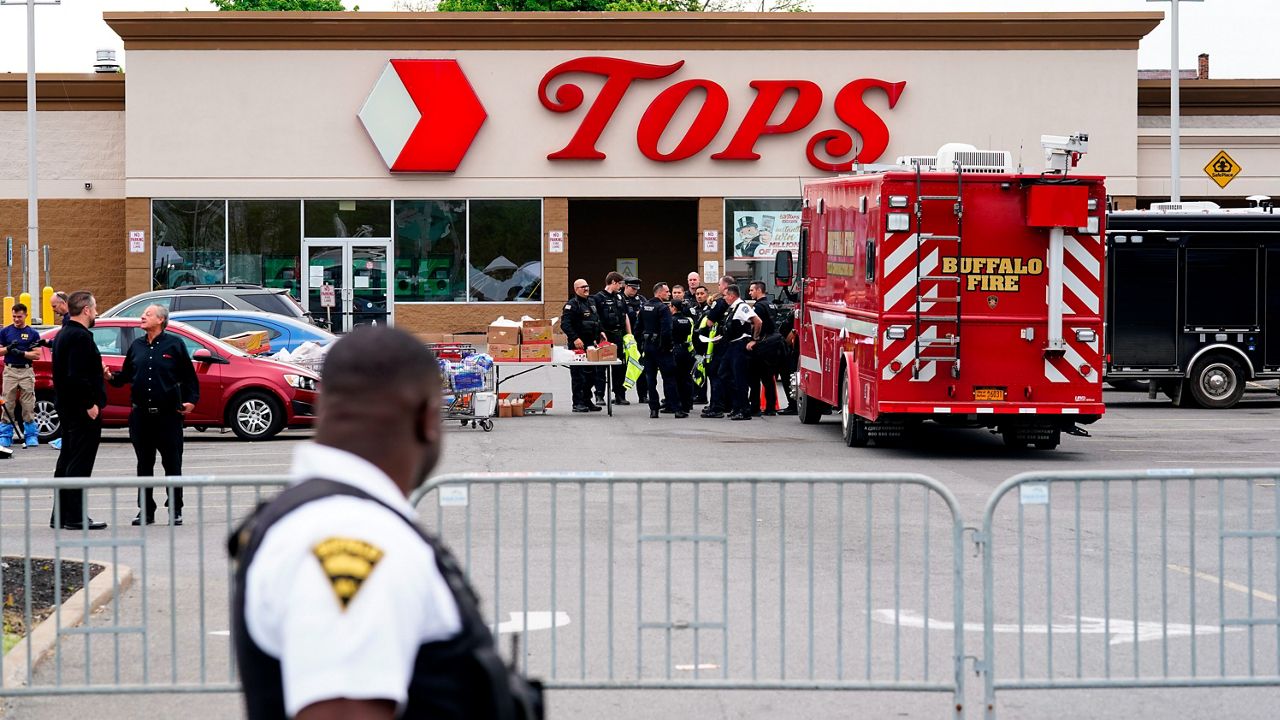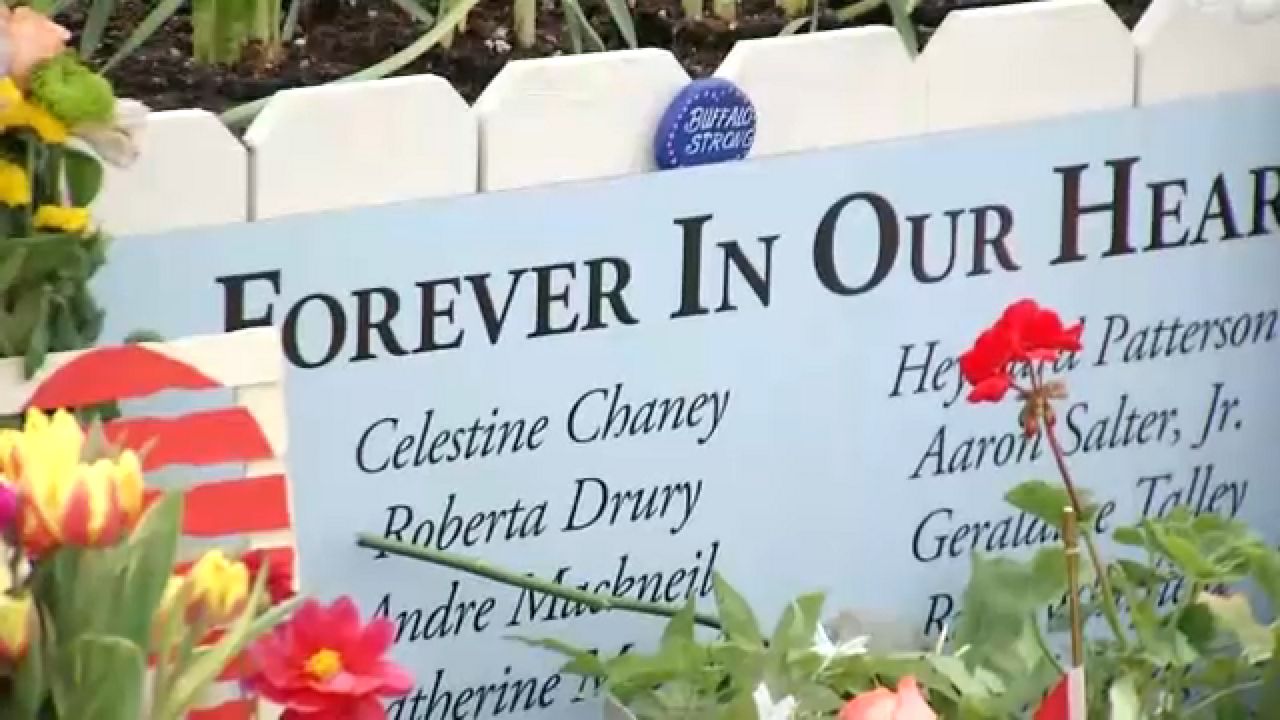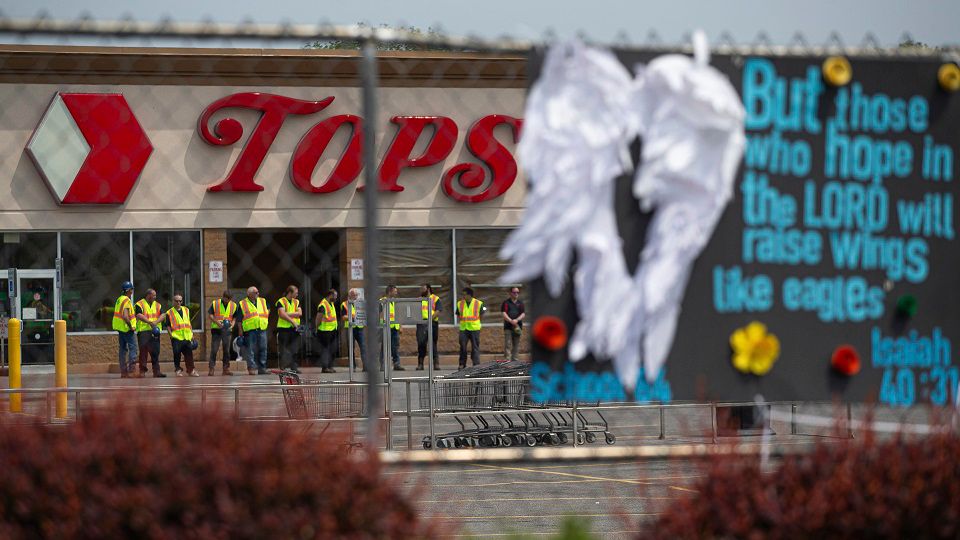BUFFALO, N.Y. — The tragedy that Buffalo dealt with last May 14 inspired many changes.
Among them was a new approach to the New York’s Red Flag laws.
“That's one of the things that keeps us in law enforcement awake at night is: what are you missing? What did you miss,” said Buffalo Police Commissioner Joseph Gramaglia.
It’s the question many asked in the wake of the racist mass shooting that took the lives of 10 Black people in Buffalo, and injured three others.
“There's no crystal ball," Gramaglia added. "Unfortunately, and we see it almost on a daily basis, things are going to happen.”
The shooter mentioned wanting to “murder and commit suicide” about a year earlier, but he passed an evaluation.
Critics said that should have gone further under New York’s Red Flag law.
“We're yet to uncover anybody that would say that they had any clue or advanced warning that something like that would have occurred," Gramaglia said. "[But] we have to follow up on those when a student makes some kind of a social media threat.”
In November, Buffalo Police started a new Threat Management Unit to do just that.
“[It looks into] threats of mass gatherings, racially-motivated extremists, hate crimes, threats to churches, public figures, things of that nature,” said Detective Sergeant Nicole Krug, who is leading the unit.
“Threats can be either verbal or written,” she added. “We have to investigate the individual who made the threat.”
Krug and four detectives investigate these threats and, if needed, go to a judge to ask for that a temporary emergency risk protection order, or TERPO.
A civil, not criminal, matter, it prevents someone from getting a gun and removes guns they do have, temporarily.
Guidance came from Gov. Kathy Hochul last May.
“Before, it was almost worded as though police can make an application, whereas now it's worded as ‘police shall,’” Krug explained.
There is certain criteria that needs to be met.
“A threat or act of violence or use of physical force," read Krug. "The reckless use display or brandishing of a firearm rifle or shotgun.”
Depending on the situation, that could become a final ERPO, which can last up to a year and can be renewed.
“A TERPO is basically like there's enough evidence to believe this could happen," Krug said. "A final ERPO is clear and convincing.”
The Threat Management Unit looks into around three to four threats each week.
“A lot of the threats unfortunately come from schools or school-aged children,” said Krug.
Most threats don’t meet the criteria.
“People assume that the police are just going in to take everyone's guns away," she explained. "We're not.”
But if something does come up, for any kind of threat, they can act fast.
“From the moment a threat comes in to serving them could be less than half a day, if there's enough evidence on the initial report,” explained Krug.
Since the unit began, they’ve applied for about 20 TERPOs, but they don’t always get them.
“This isn't a game of how many can we obtain," said Gramaglia. "This is about getting the ones that need to be obtained constitutionally.”
It's all with one goal: To try and keep scenes like the one this community experienced on May 14, 2022 from happening to others.
“You don't know how many incidents you prevent, because they don't occur," said Krug. "So every day there isn't another tragedy, you hope you're doing a good job”
Gramaglia says in addition to this unit, he hopes to see more resources funneled into mental health in the hopes that more people could be reached that way too.










